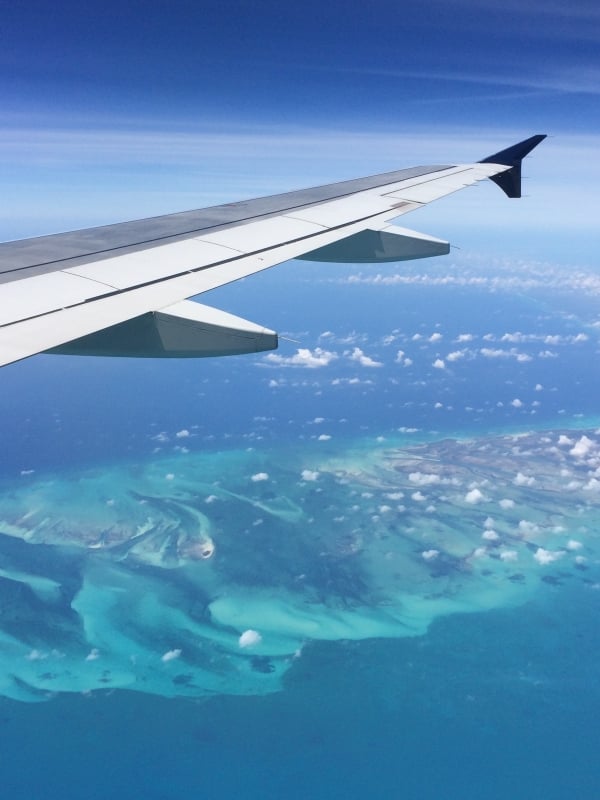A History of Nassau’s Pirates: The Arrival of Henry Avery

Pirate legend has always held a certain romanticism, a sense of adventure and freedom that we feel drawn to. In fact, the famous pirates we still read about today—Blackbeard, Calico Jack, Charles Vane—were themselves inspired by stories and legends they’d heard about the pirates who came before them.
One pirate in particular, and his arrival in Nassau, inspired a generation of swashbucklers and began an era we now call the Golden Age of Piracy. That pirate’s name was Henry Avery and his story begins in the last few years of the 1600s.
Among history’s first mentions of Avery are of his position as first mate aboard the privateering ship Charles II, where he led a mutiny and was elected captain. After renaming the Charles II the Fancy, he and his crew began their life of piracy, setting sail for the Indian Ocean.
Along their way, they robbed three English merchant ships, with several crew members from these ships joining Avery’s band of pirates. They also made sure to clean, repair, and strip out unnecessary parts of the Fancy’s structure, making it one of the fastest ships at sea. Now, Avery was ready to take on the ships that would earn him his fortune.
Avery and the other ships in his growing fleet (of which he was now Admiral) prepared to take on the Grand Mughal’s fleet on its way to its annual pilgrimage to Mecca. The 25 ships in the fleet were led by its 80-cannon flagship Gunsway. After chasing the convoy for several days, Avery and his men captured an escort ship. But the real prize was the Gunsway.
The history of piracy would be very different—and, perhaps, much shorter—if the Fancy’s first broadside against the much larger and more powerful Gunsway had been even a few inches off course. But history records that the opening broadside crippled the Gunsway’s mainmast, which left it unable to escape the pirates.
Though Avery and his pirate fleet were outnumbered by the more than 400 aboard the Gunsway, they prevailed after three hours of hand-to-hand fighting on the blood-soaked deck. While many future pirates would gain reputations as men of honor, Avery and his crew were of a different sort. History records a series of horrors committed against the Gunsway’s crew and passengers.
Now it was time to divide the treasure. The Fancy sailed for Bourbon, a French island off the east coast of Madagascar. Here, the crew were given their shares of the spoils, which amounted to about $100,000 in today’s currency—more than many would have been able to spend in a lifetime.
Of course, a score this big made them all criminals and, therefore, on the run. Some stayed in Bourbon, others set off on their own adventures, but Avery and the Fancy set course for Nassau, The Bahamas, halfway around the world.

Upon arrival in 1696, Avery assumed the name Henry Bridgeman and spun a fake story about he and his crew. He had a letter (along with asizable bribe) delivered to island’s governor, Sir Nicholas Trott, which stated that Bridgeman and his crew were unlicensed slavers in need of shore-leave. The bribe would ensure that Trott did not alert the East India Company about “Bridgeman” and his slaving, as they had a worldwide monopoly on slaving in Britain and its colonies, including The Bahamas.
Trott had more reasons than money to let “Bridgeman” and his crew stay in Nassau. The Fancy would be the largest ship in the harbor, which would discourage the French and others from attempting to capture Nassau (as they had recently captured Exuma in The Bahamas). The Fancy’s crew would also double the number of men in the town, making it a far more dangerous target for the French. It could also be argued that for these reasons Trott knew he had to grant Bridgeman’s request, as they could have easily stormed and captured the town by force.
Soon, however, the Fancy’s crew became bored with the mostly uninhabited island—there were very few places to spend their new fortunes. And once the East India Company and the Royal Navy realized that “Bridgeman” was, in fact, Henry Avery, a most-wanted man, Trott was forced to put out a warrant for his arrest—or else reveal that he knew Avery was a pirate and be arrested himself by the British government.
But Avery had other plans. Trott was able to tip him off about his impending arrest, and so he and his crew were able to flee, with only a handful being captured and executed. Now one of the richest men at sea, and with a resume of some of the most famous and successful acts of piracy ever conceived, Avery disappeared. He was never found, never captured, and no one knows where he spent his final days.
It is this mystery, and these famous tales of piracy and plunder, that would usher in the Golden Age of Piracy. And it all began in Nassau.




